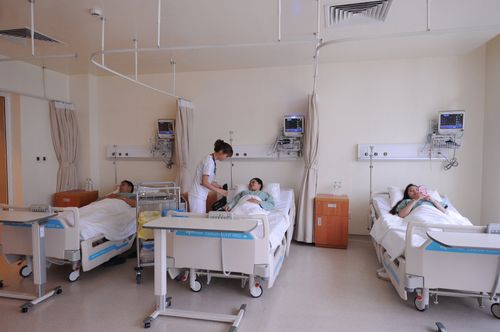This is an automatically translated article.
The article is advised by Master. Doctor Duong The Vinh, Head of Rehabilitation Department, Vinmec Times City International General Hospital“Low pain is one of the most frequent recurrences that we often encounter in clinical practice and treatment. It is possible that the patient's subsequent pain is due to a physical injury to the spine or to an emerging medical condition, but many cases of acute and recurrent low back pain are due to the patient's movement in the right position. That's not right' - MSc. Dr. Duong The Vinh said.
There are two main causes of herniated discs, which are spinal degeneration and trauma. Common injuries such as sudden, strong movements, heavy lifting, falls, slips, ... can directly cause spinal disc herniation. One of the most effective ways to prevent back pain and herniated discs in the lumbar spine is to keep the body in the correct posture during work and daily activities.
1. Guidelines for prevention of back pain and lumbar disc herniation
1. Stand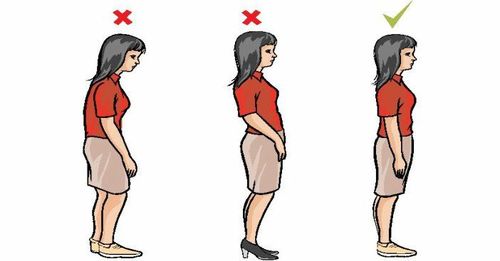
When standing, it is necessary to stand upright, symmetrically on both sides, the body weight should be evenly distributed on both legs, without bulging the abdomen and waist, it is necessary to keep the normal curvature of the spine. Do not stand in positions that try to lengthen the torso, especially using high heels or shoes.
2. Sit
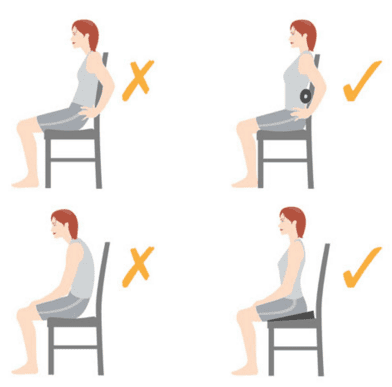
3. Carrying or lifting objects
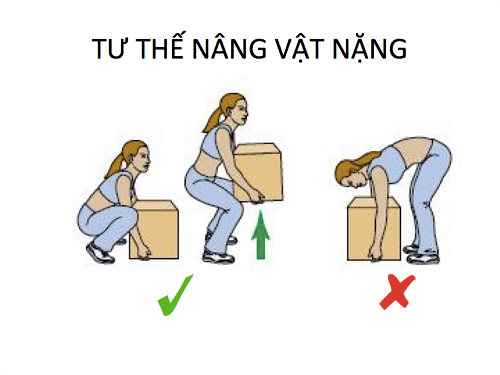
Feet spaced wide apart for a stable base. Squat down (flex the knees and hips, do not bend the spine). Bring the object close to the abdomen, stretch the abdominal muscles. Lift objects by standing up (do not use the lumbar muscles to lift). Keep the spine straight, not twisting. Lumbar flexion is still maintained at a normal level.
4. Carry and carry objects
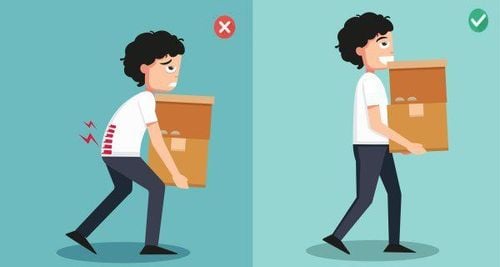
Lift the object up as instructed above. Firmly hold the object to be carried with two hands. Hold the object close to your stomach, at Chest-Walt level. Keep the spine straight, keep the lumbar segment in normal curvature Keep the spine straight, keep the lumbar segment in normal curvature.
5. Get objects from above
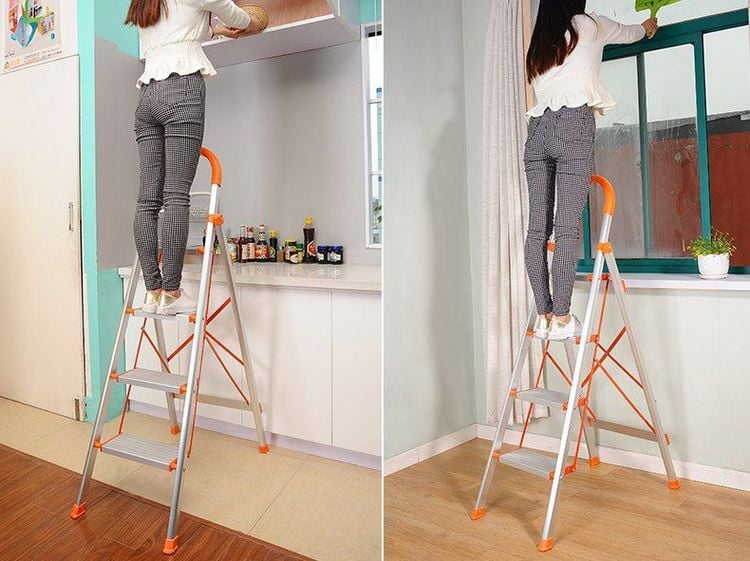
If the object is too high, use a platform, chair or ladder to stand up. Do not try to reach for objects on tiptoe. Arrange furniture around so that there is enough space so that you do not have to reach for things across the table, through the cabinet, in an uncomfortable position.
6. Pull or push objects away
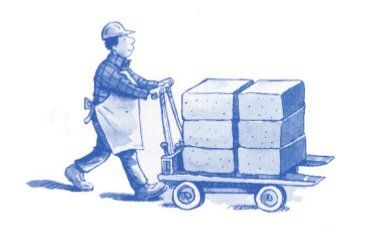
If possible, use push rather than pull, especially with large, heavy objects. When pulling or pushing, it is also necessary to pay attention to the posture of the spine and joints, the distance between the legs, the coordinated movements as follows:
Stand a wide distance between your feet to create a solid base. The two pillows are slightly folded. Pull or push your body weight on your legs to create a pull or push the object. Do not push or pull the object with your back muscles. Keep lumbar flexion at a normal level.
Please dial HOTLINE for more information or register for an appointment HERE. Download MyVinmec app to make appointments faster and to manage your bookings easily.









